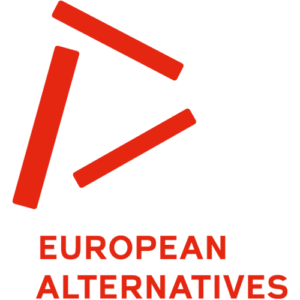The Mare Memoria Viva ecomuseum opens in Palermo in February 2014 with the support of the Foundation with the South and in partnership with the Department of Culture of the Municipality of Palermo – Museum and Exhibition Space Service on which it still depends.
It is a multimedia collective museum curated by the association Mare Memoria Viva, which tells stories of places and people in the seaside villages of Palermo, focusing on the power of narration and the poetry of images. It is a choral and participatory museum, an archive of public history and a space for educational and artistic experimentation on the theme of the city.
The sea in Palermo has become a suburb. The story of the seafront of Palermo is the story of the building bag that has irremediably changed the face of the city and the use of the sea, is a story of cementing and mafia interference but also of projects and possibilities for change.
At the ecomuseum, through the experience of visits and laboratory activities, a critical sense is developed on the urban and social transformations of the city, on the value of common goods and civic participation.
The headquarters of the ecomuseum is the Ex Deposito Locomotive di Sant’Erasmo in via Messina Marine n. 20, on the southern coast of the city, in a beautiful example of late 19th century architecture located next to the mouth of the river Oreto.
An ecomuseum is a “different” museum that focuses on the relationship with the territory, community participation, welfare and sustainable local development.
The definition that Mare Memoria Viva (MMV) prefers is that of Hugues De Varine “a pact between citizens who decide to take care of a territory”. MMV really likes this being “curators of places” because care is the necessary nourishment of the processes of social change. It is an issue that the ecomuseum has defined with a neologism as “geographical or spatial justice”, particularly useful to operate in the south-east coast of Palermo, where the ecomuseum is located, since this part of the city needs to rebuild its identity and asks for recognition and dignity after the destruction of buildings and the pollution of the so-called “sack of Palermo”.
So he asks his users some important questions: How to train young citizens who are aware and committed to transforming their territory for the better? What does it mean today to be a community? What does it mean to be a citizen? Why are Palermo and its waterfront wounded as we know them today? What are the narratives for and how are the new languages changing our ability to represent the past, the present and the future?
The ecomuseum proposes non-formal education activities, urban explorations, workshops, exhibitions, conferences and public meetings on themes of collective interest: citizenship, art, migration, environment, placemaking. We like to call it “human regeneration”.

